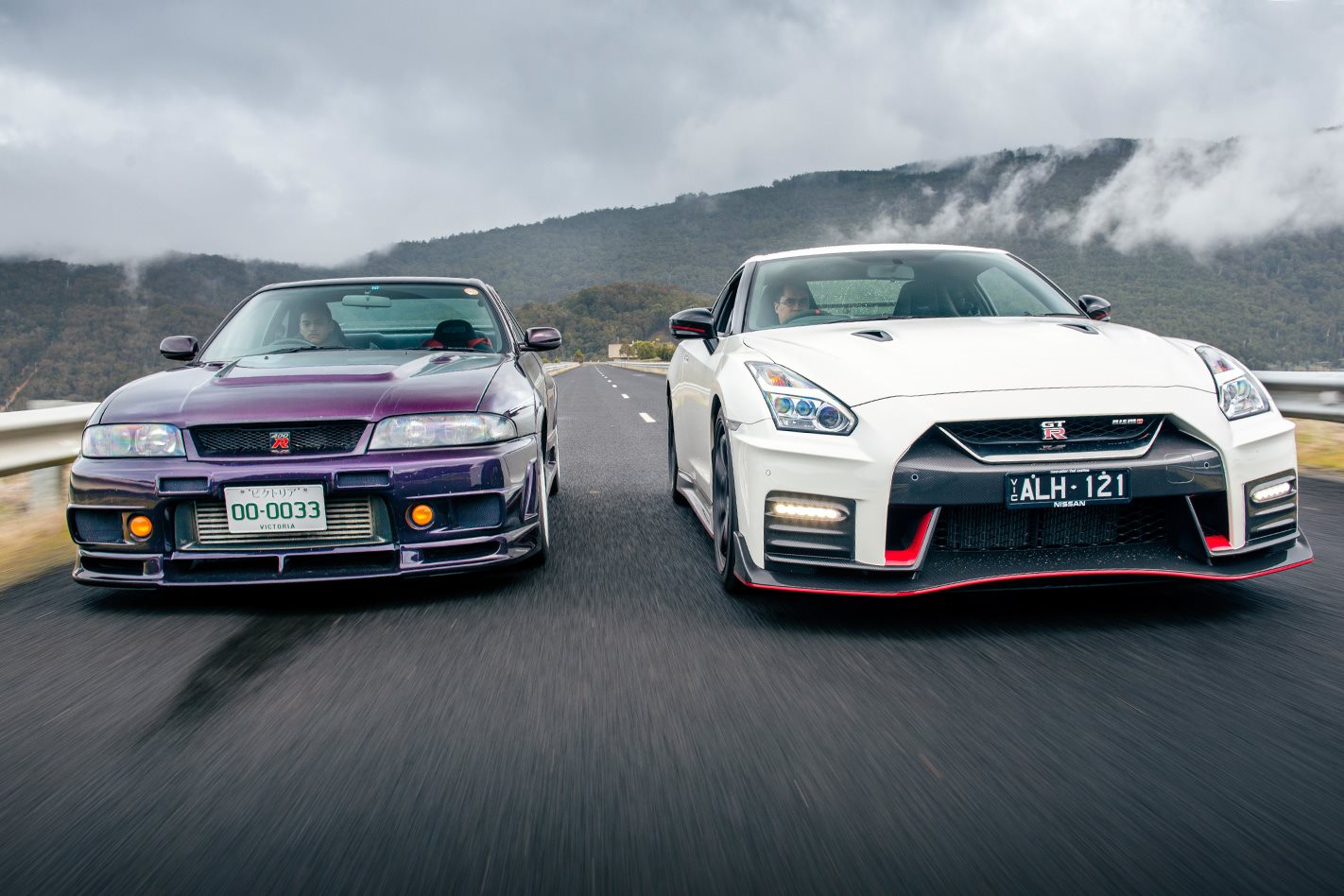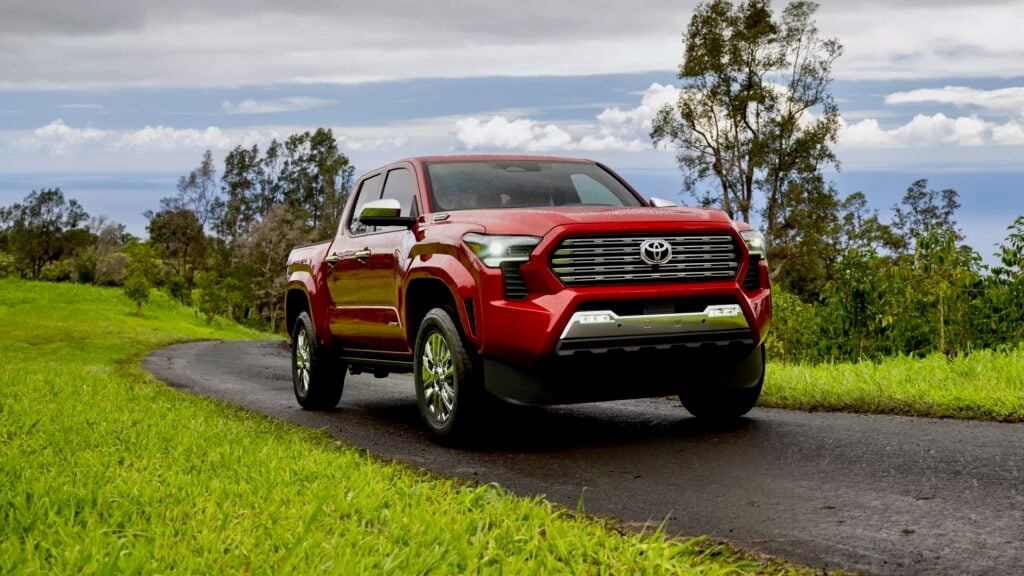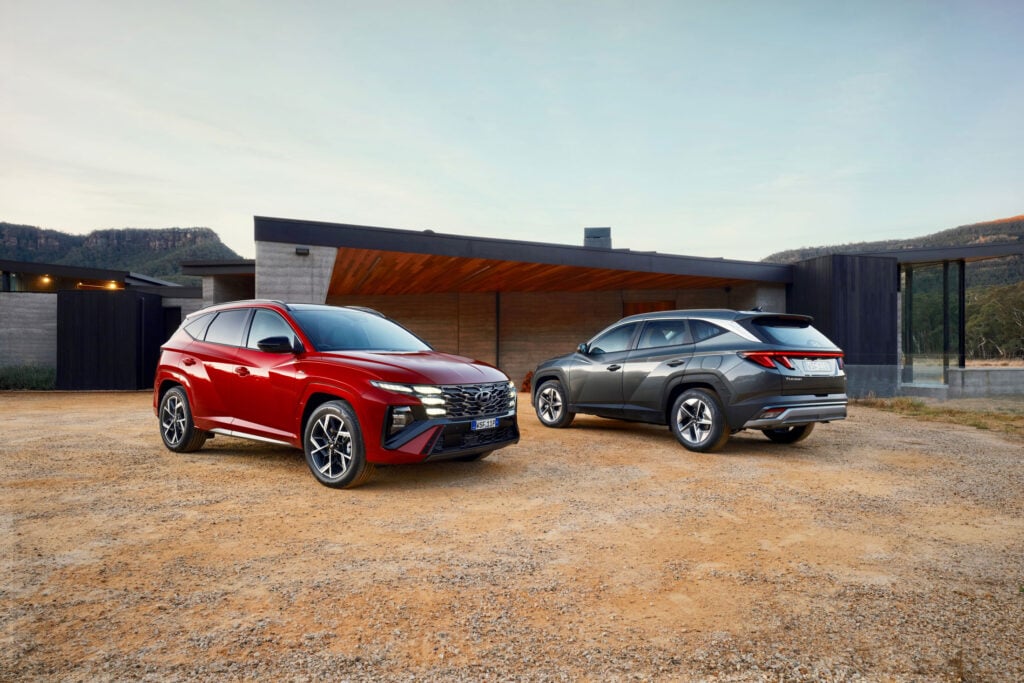NISMO has been making fire-breathing road cars out of ordinary Nissans for more than three decades – not that you’d know.
Until now, the low-volume monsters built by Nismo – whose Omori Factory HQ is located just 4km from Nissan’s global headquarters in Yokohama – have been confined within Japanese borders.
From the HR31 Skyline GTS-R homologation special – a road-going counterpart to the car that established the Skyline name in Group A racing at Bathurst – through to the ultra-rare R34 Skyline GT-R Z-Tune, all were strictly for Japanese domestic consumption only.
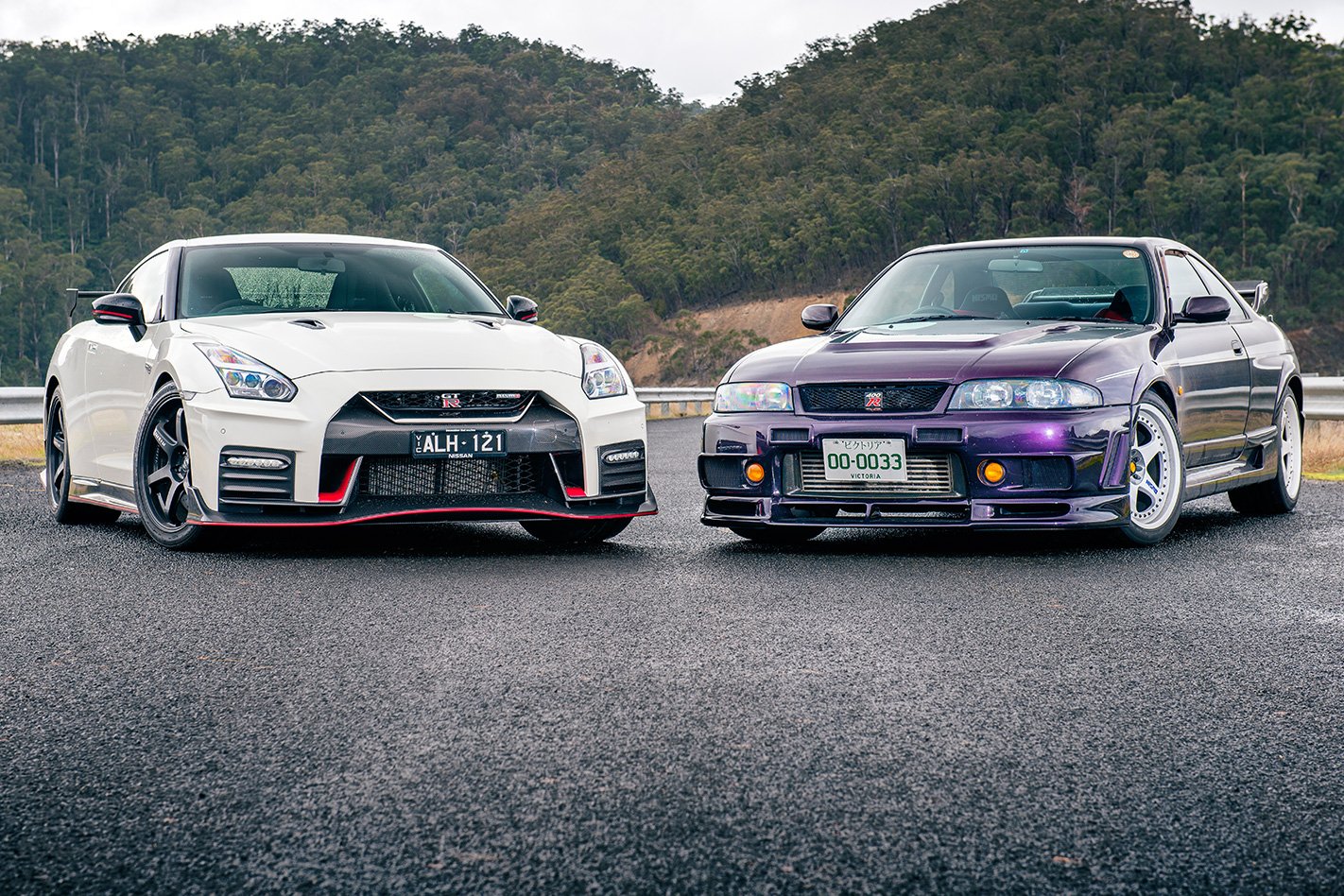
We’ve already driven the GT-R Nismo in anger around Bathurst at its local launch, but as a bit of an experiment we’ve taken it away from the racetrack and lined it up against one of its ancestors – the Nismo 400R.
Beyond simply getting a taste for what Nismo’s mid-nineties GT-R flagship is like to drive 20 years after its debut, this is also a chance to see whether the Nismo’s present day GT-R hero inherits any DNA from its granddad.
SO WHAT’S A 400R ANYWAY?
Based on the R33 Skyline GT-R of the mid-1990s and built to celebrate Nissan’s involvement in Le Mans racing, the Nismo 400R is more than just a sticker-pack special with new wheels and a tune. Rather, the 400R was a factory-sanctioned tuner car, designed to go toe-to-toe with European exotica of the period.
Kinda like the present-day GT-R Nismo, then.
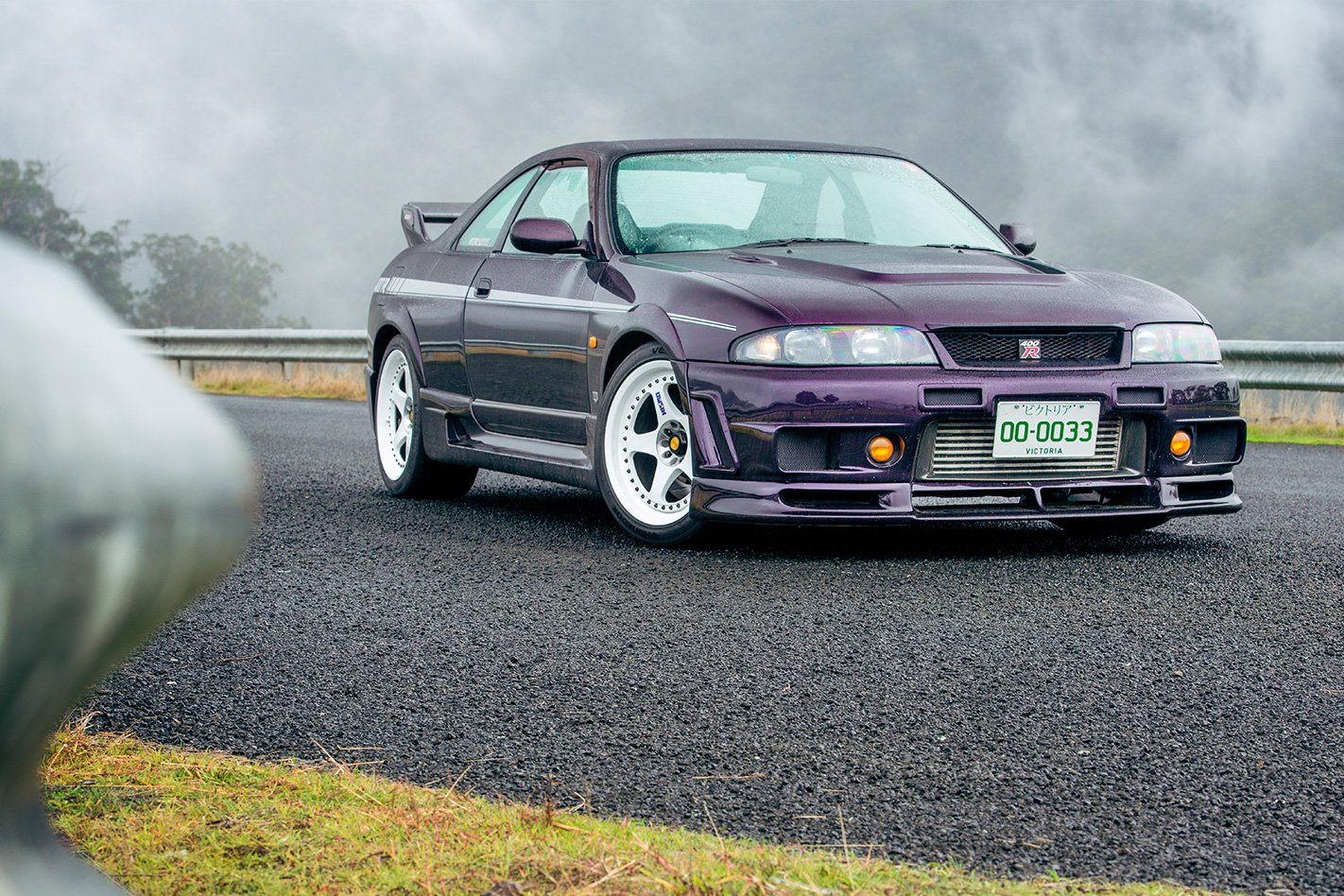
Both are numbers that still command respect, and in 1997 they put the 400R on the same lofty level as the 993 Porsche 911 Turbo. The zero-to-hundred claim was 4.0-seconds and top speed was an autobahn-worthy 300km/h. Nismo used the 400R’s engine, dubbed RBX-GT2, in competition – and it was a winner.
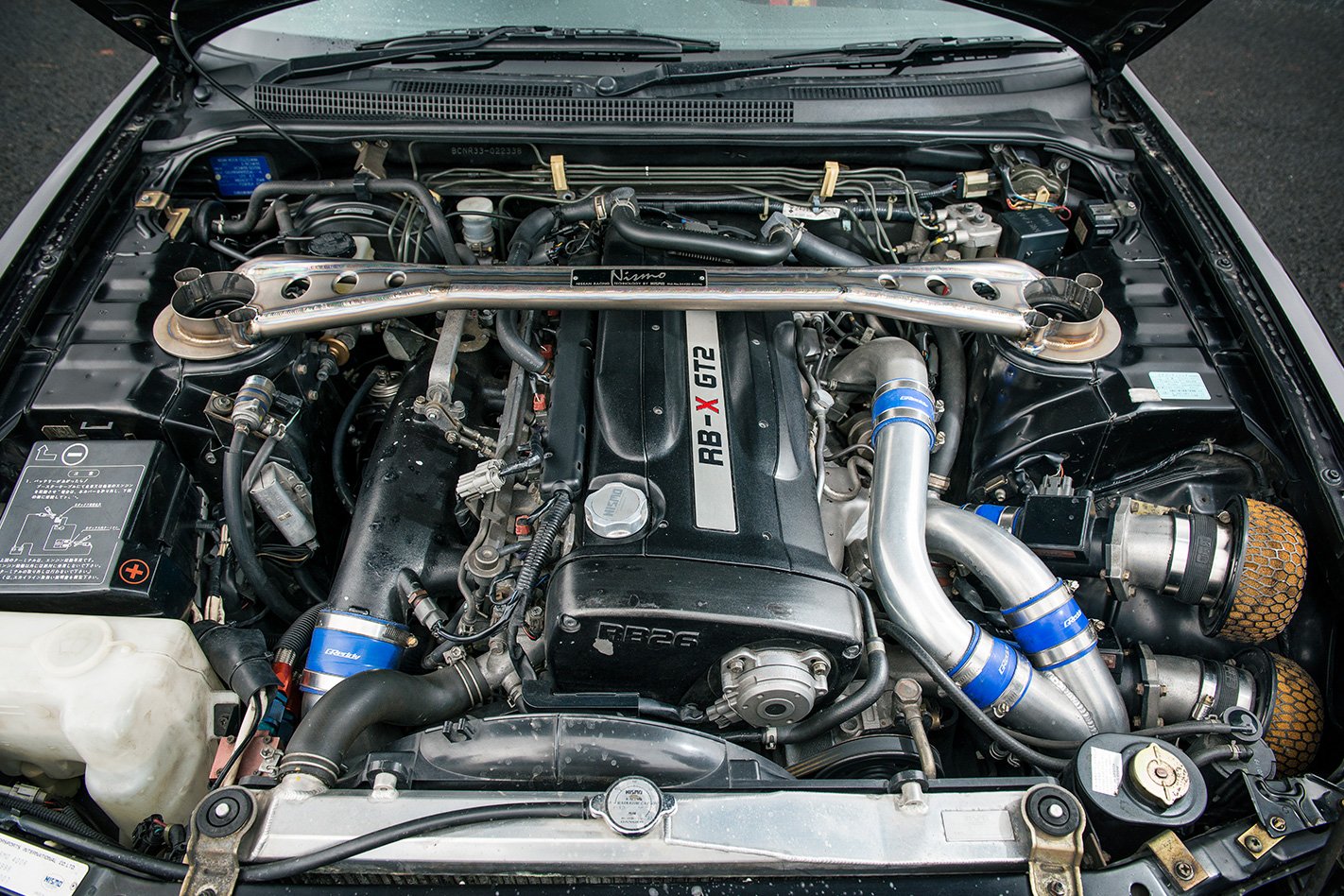
Settling behind the 400R’s airbag-less Nismo steering wheel is easy, and there’s a lack of drama to its interior – most of the cabin furniture is shared with vanilla-spec R33 GT-Rs, with Nismo instead electing to invest its dollars in mechanical upgrades. That said, there’s a unique instrument panel, alloy pedals and Nismo-branded gauges and seats to differentiate the 400R. Refreshingly unmolested, even the factory-issue cassette deck remains in this car.
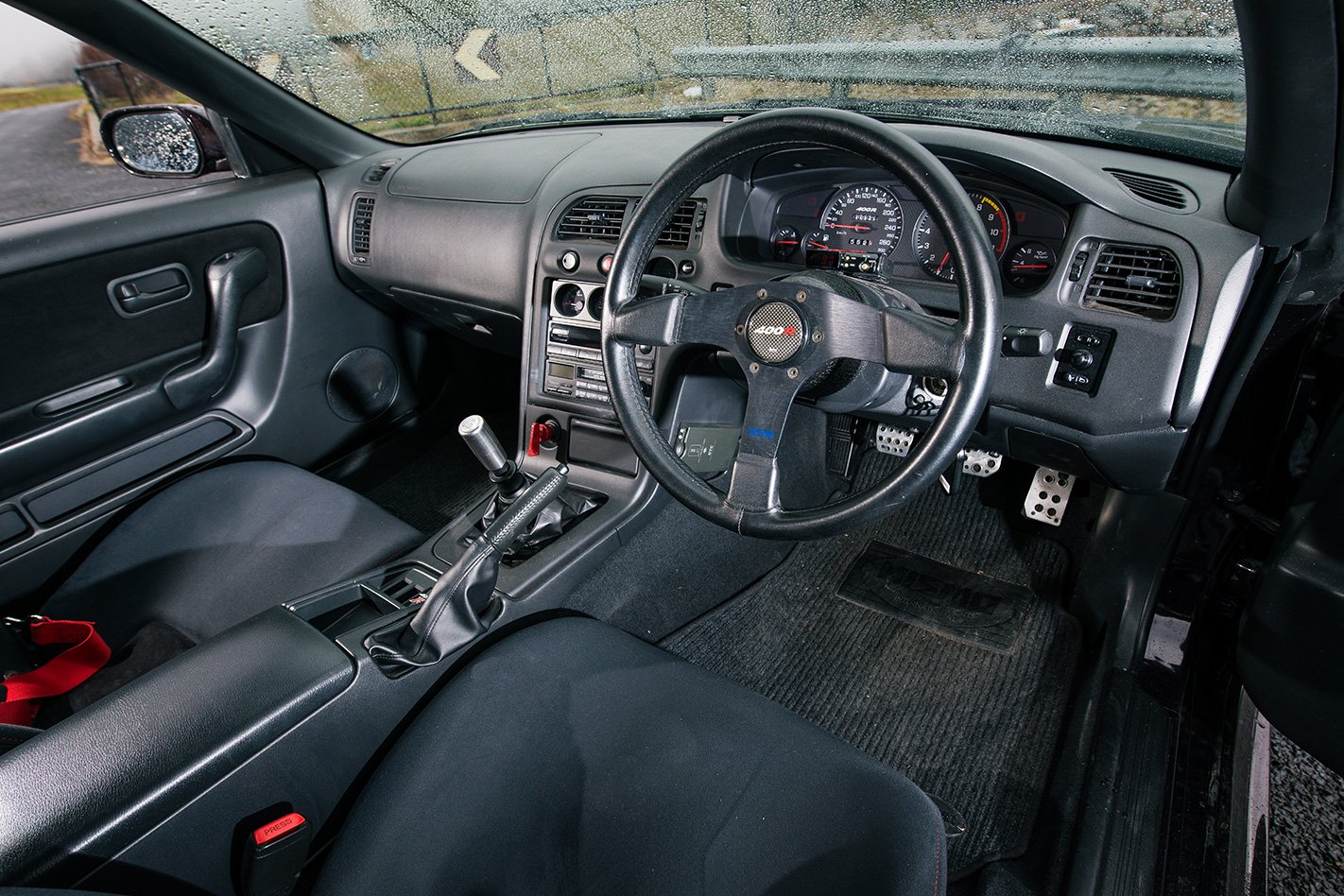
WET N’ WILD
Constant drizzle on the day of our test reigned in any hope we had of exploring the limits of our 1-of-44 special edition, and out of respect to the 400R’s owner we weren’t tempted to put that deep purple bodywork in peril. Even so, it didn’t take much speed to appreciate the 400R’s strong grip, capable chassis and muscular powertrain.
Straight sixes have a reputation for smoothness, and the 400R’s engine is an exceptionally delightful example of inline engineering. It spins to a huge 8000rpm without any hint of slowing down, and the natural inclination is to short-shift around 7000rpm, rowing through a unique-to-Nismo six-speed manual with a better ratio spread than the standard R33 GT-R’s five-speed.
Bursting with mid-range torque that arrives from just above 3000rpm, this engine boasts more character than the twin-turbo 3.0 inline six of the BMW M4 – and it sounds better too.
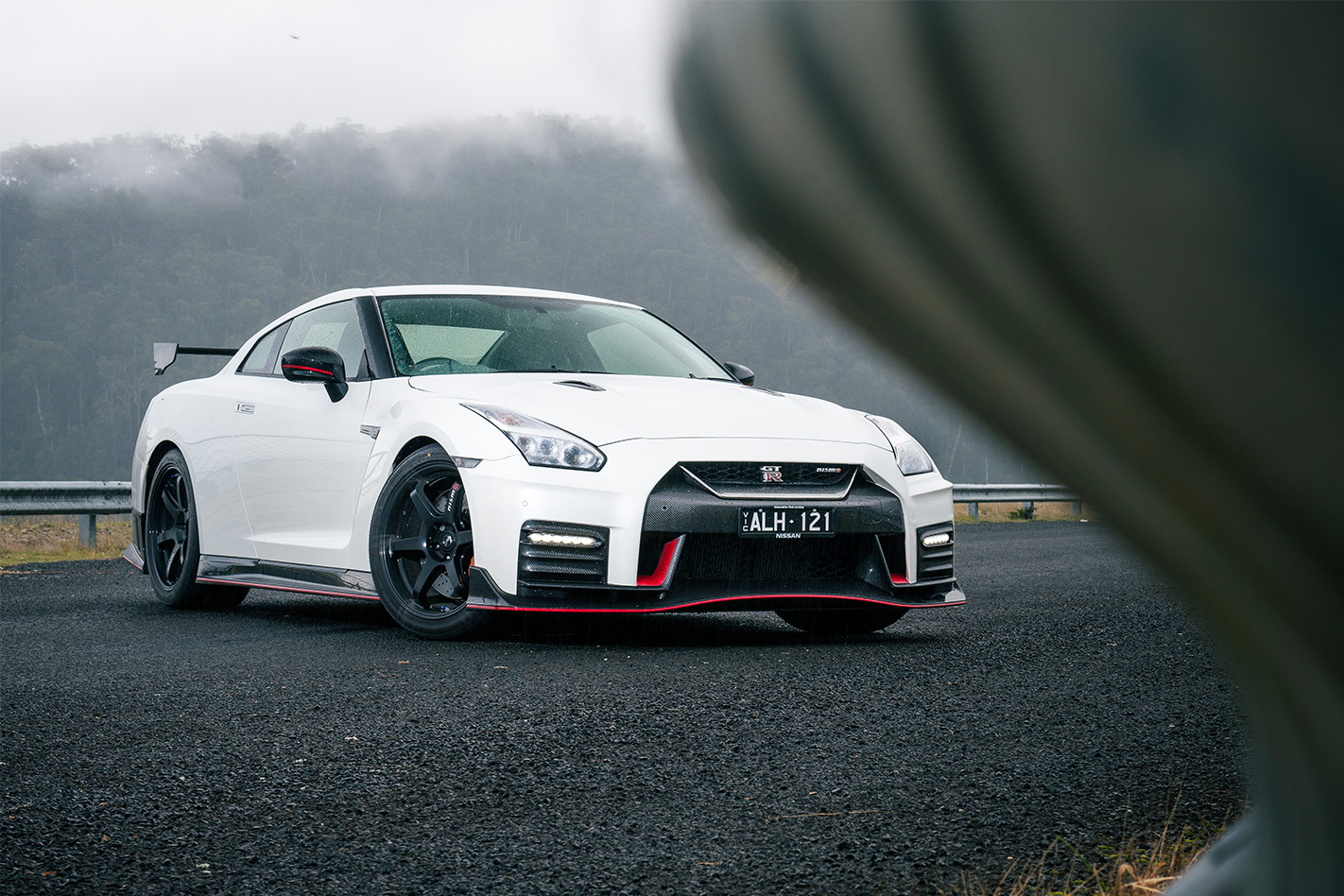
Sound is another 400R positive. The present-day GT-R Nismo may roar like an A380 when at full spool, but the 400R emits a happier harmony from its single tailpipe, punctuated by plentiful sneezing and whistling from twin recirculation valves on every gear change and throttle-lift.
It’s a powertrain of theatrics, but it’s surprising just how approachable it is. It may have been the most prodigious Nismo road car of the 1990s, but for a hardened coupe with a race-grade engine it’s amazingly street-friendly. Once your left foot gels with the tricky all-or-nothing engagement of the twin-plate clutch, it can be as docile as you want it to be.
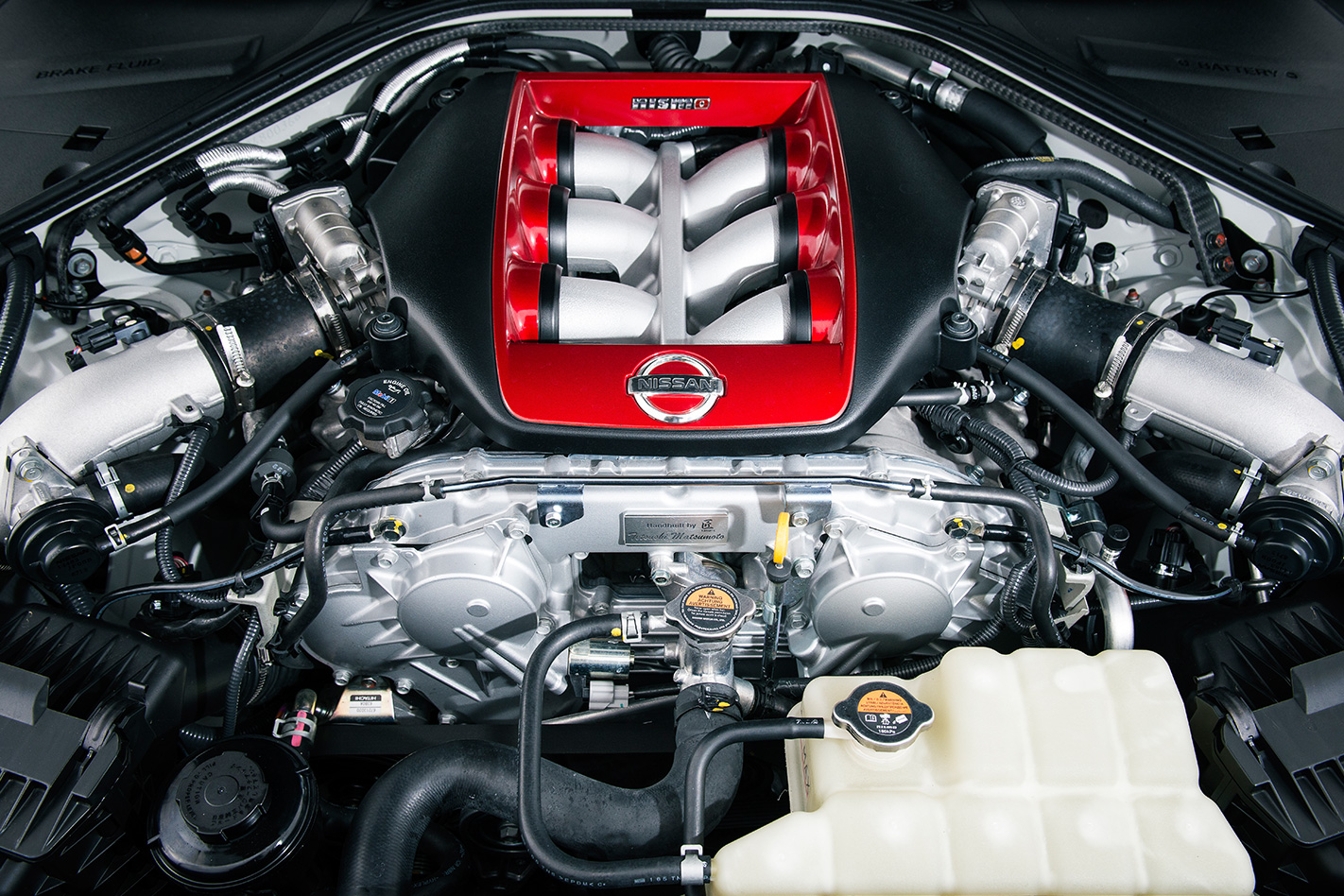
The 400R’s tiller, though far more relaxed, loads up nicely as lock is wound on and is remarkably direct and accurate around dead-centre. The front wheels don’t hunt out contours like the R35’s do, and it’s agile and alert all the same – not bad for a big coupe with a heavy cast-iron six hanging over the front axle.
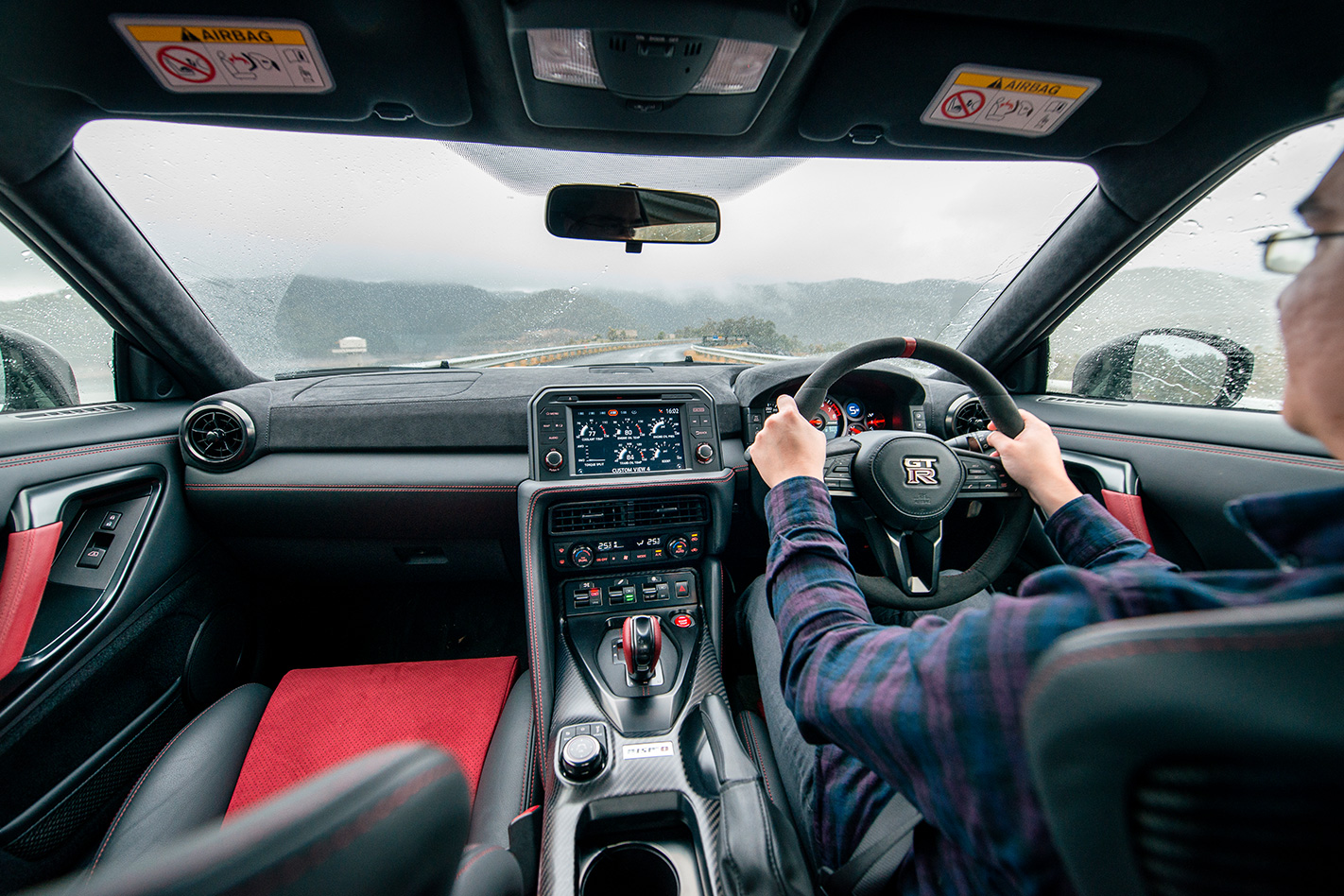
Aiding the 400R’s chassis is some advanced-for-the-time technology like clever LSDs and rear-biased AWD. Bilstein dampers and stiffer spring rates than the standard R33 GT-R provide excellent body control, and in certain situations it’s even more comfortable than its modern-day successor.
Low-speed damping (the part of the damping curve that deals with long undulating bumps) is cranked way up and the result is a planted – and firm – ride, but high-speed damping (which comes into play over bigger hits) is far more compliant. Couple that with its more relaxed steering, and the 400R makes a better grand-tourer than the GT-R Nismo.
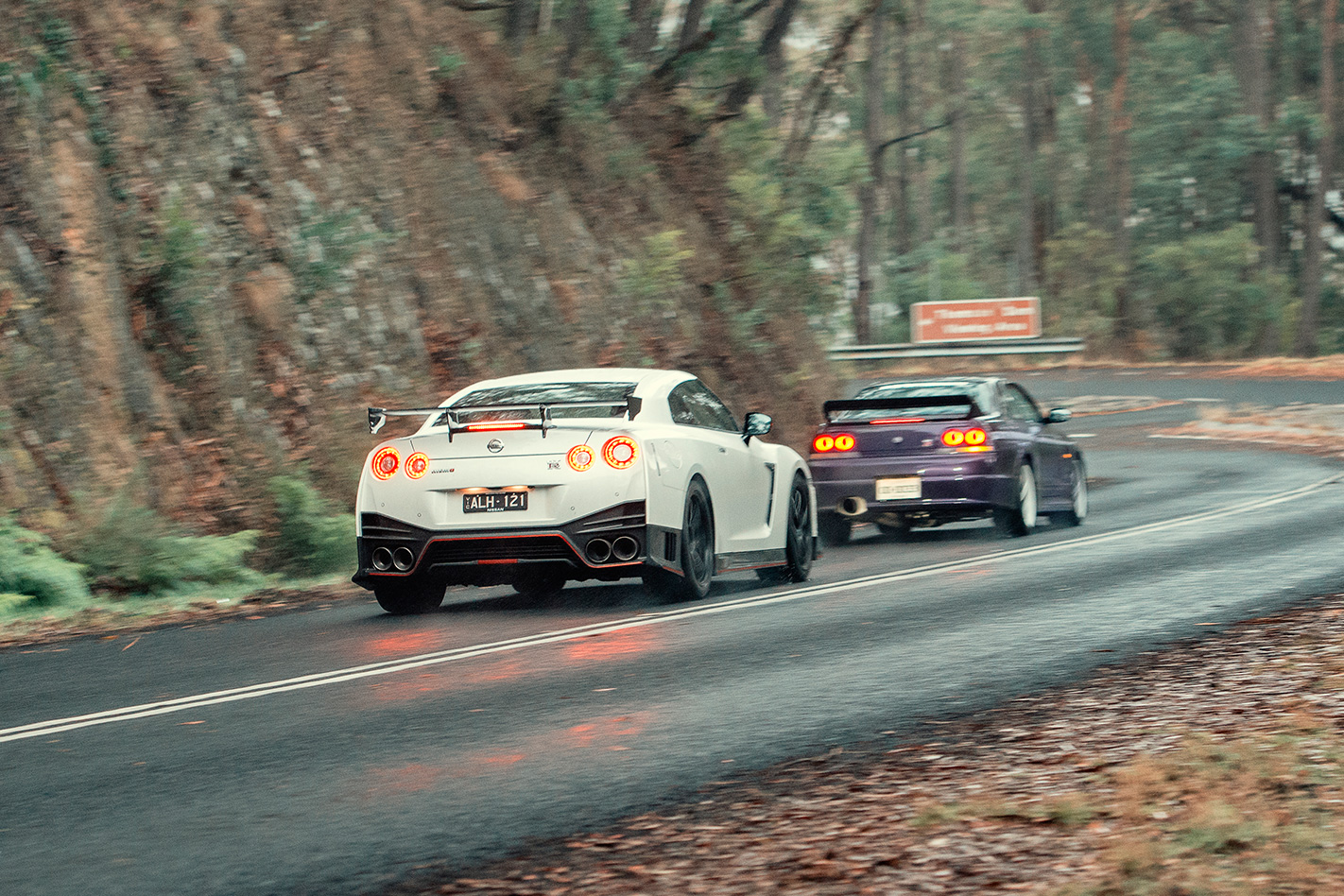
Yet astonishingly it’s the more modern Nismo that’s the least civil. Road noise is deafening at highway speed, the ride is coccyx-fracturingly firm and the hyperactive steering requires constant attention.
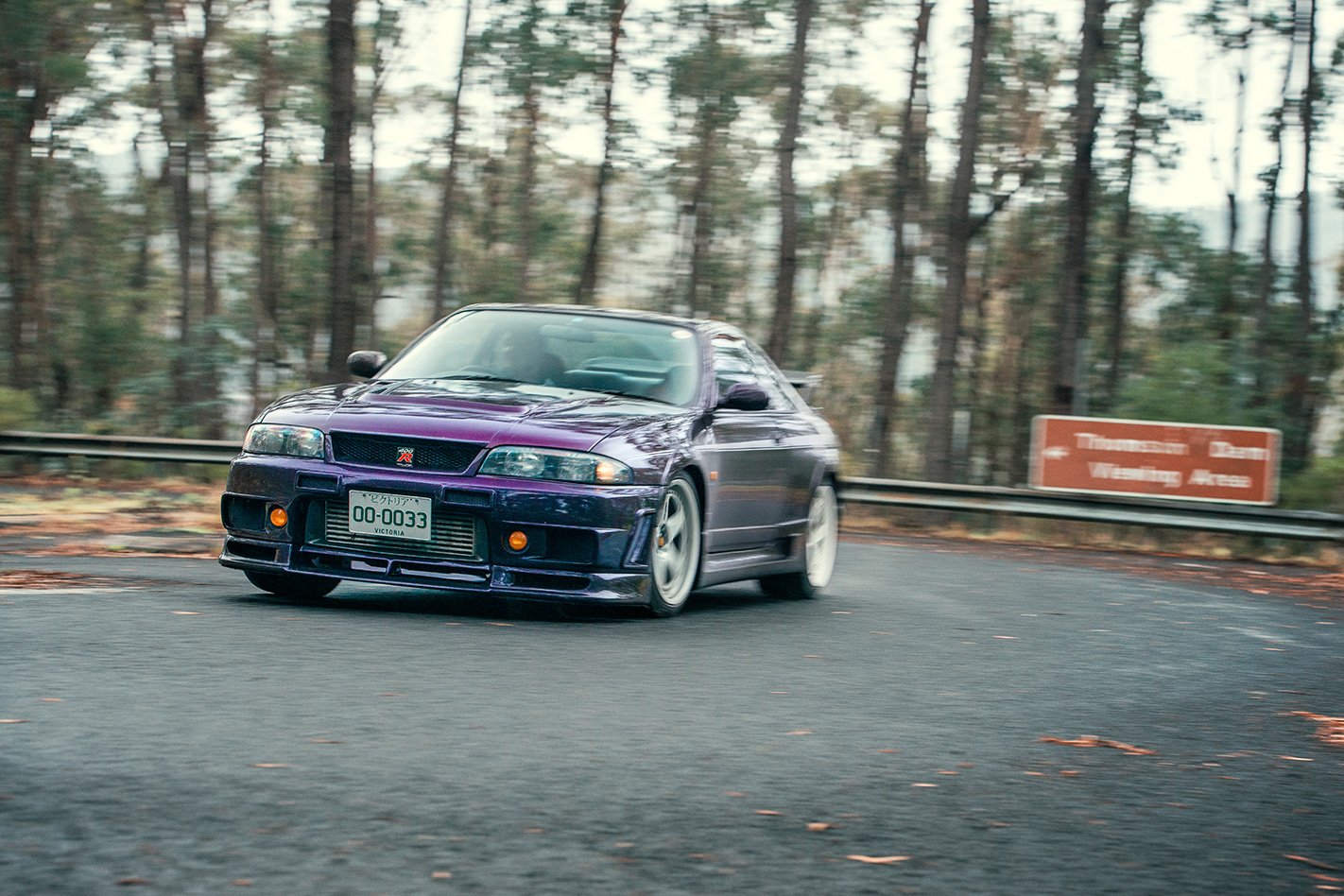
“They don’t make them like they used to” – we’ve all heard that one before, but in the case of these two Nismos, separated as they are by two decades of technological development, that old cliché is proven wrong – kinda.
The 400R may be a little more bespoke, but its modern-day reincarnation still channels some of that 90s rawness, that animalistic nature of a boost-heavy six-pot turned all the way past 11 and harnessed by the cleverest chassis tech available. To drive they are wildly different beasts, but they are aligned in spirit.
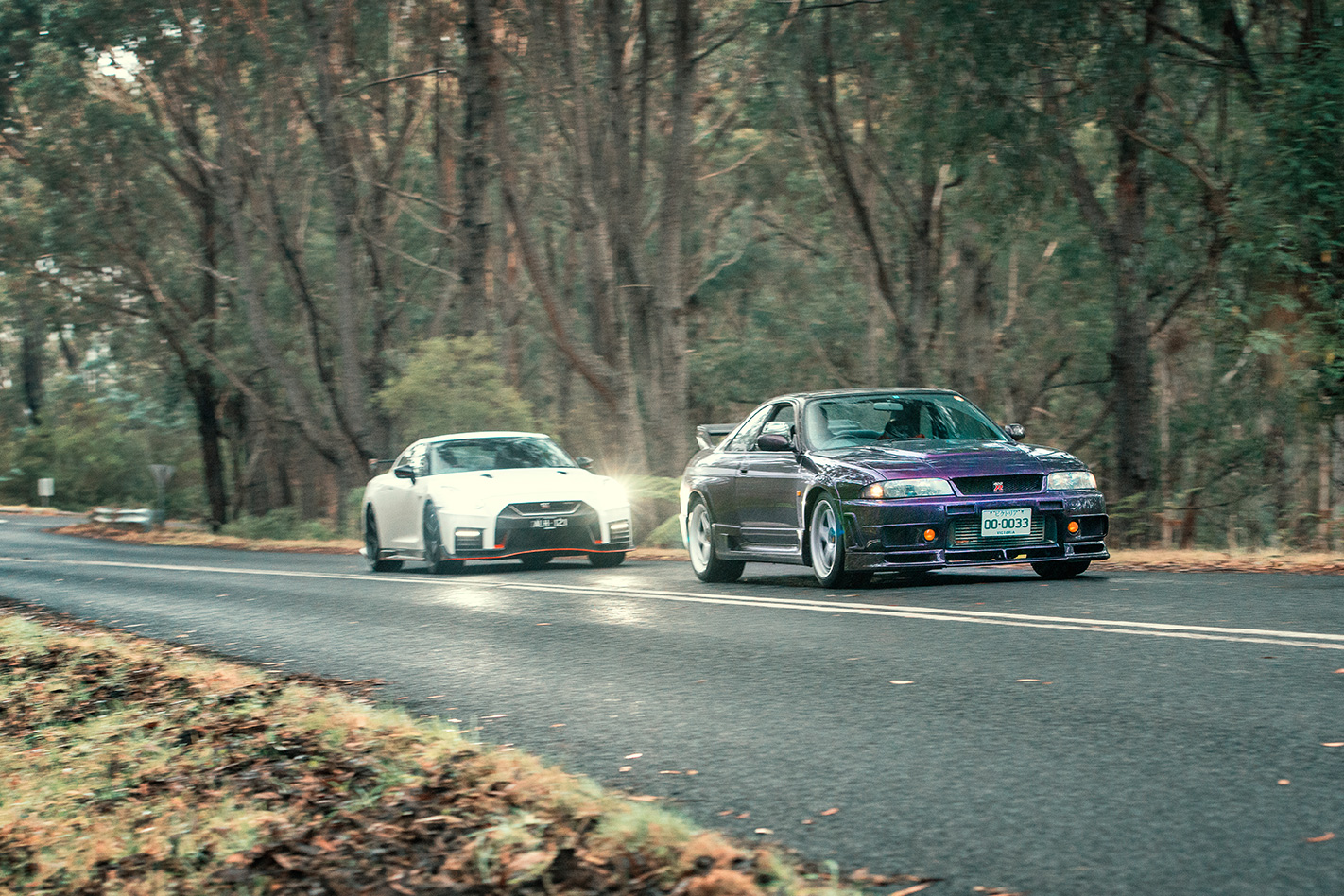
Probably. In an era where even supercars are friendly enough to drive to the shops, the mega-hardcore GT-R Nismo stands out for its unapologetic roughness and single-minded pursuit of speed.
And just like the 400R before it, it perfectly encapsulates precisely what the Nismo brand is all about.
A special thanks to V-Spec Performance for providing their Nismo 400R for our use.

